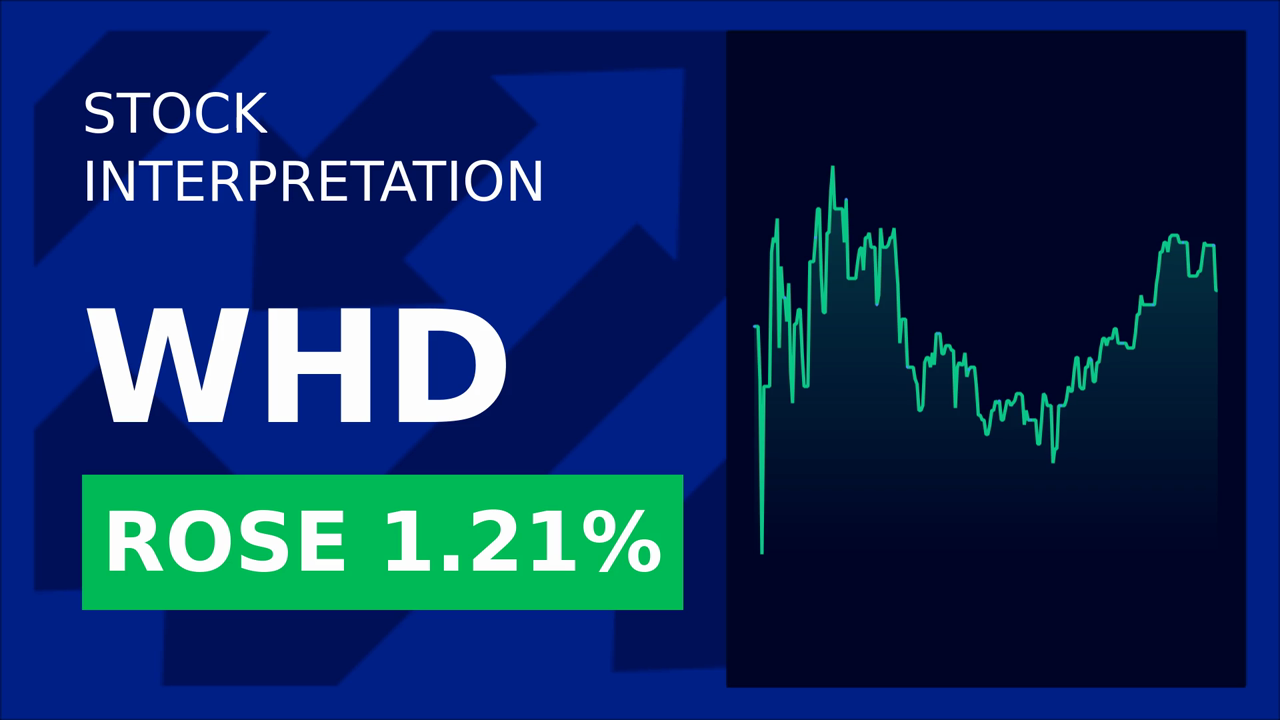Cactus Inc. Navigates Sector Headwinds with Strong Q1 Results
Cactus, Inc. (NYSE: WHD) delivered a resilient performance in its first quarter of 2025, reporting $280.3 million in revenue and demonstrating its ability to weather ongoing challenges in the energy sector. While the results fell slightly short of consensus estimates, the company’s focus on margin management, backlog growth, and strategic investments positions it to capitalize on long-term opportunities in unconventional oil and gas markets.
Financial Highlights: A Mixed but Improving Picture
The quarter’s revenue of $280.3 million marked a 3.0% sequential increase from Q4 2024 but missed analyst expectations by $3.36 million (1.2%). Net income came in at $54.1 million, with diluted EPS of $0.64 and adjusted EPS of $0.73, reflecting improved profitability. A standout metric was the adjusted net income margin of 21.0%, up from 20.8% in the prior quarter, signaling effective cost controls amid rising input costs.

Key Drivers: Backlog Strength and Margin Resilience
Cactus emphasized its backlog exceeding $1 billion, a critical leading indicator of future revenue. This robust order book reflects strong demand for its pressure control and spoolable pipe technologies, particularly in North American shale plays and international markets like Australia. Management noted that Spoolable Technologies saw record first-quarter orders, setting the stage for seasonal sales growth in Q2.
The company’s capital-light business model also proved advantageous, with rental equipment utilization rates remaining stable despite macroeconomic uncertainty. CEO Scott Bender highlighted the $347.7 million cash position and lack of debt as key strengths in navigating volatile energy prices.
Challenges and Risks: Tariffs, Oil Prices, and Margin Pressures
Despite the positives, headwinds persist:
- Input Cost Inflation: Gross margins dipped to 32% in late 2024 (from 36% in 2023) due to tariffs and supply chain disruptions. While Q1 adjusted margins held firm, Vietnam-based production expansions are critical to mitigating these costs.
- Oil Price Volatility: U.S. land rig counts are expected to decline in Q2 as producers cut budgets amid $80/barrel crude prices—a level below many shale breakeven points.
- Competitive Landscape: Rivals like National Oilwell Varco (NOV) and Schlumberger (SLB) continue to innovate, pressuring pricing power in commoditized segments.
Strategic Priorities: Diversification and Shareholder Returns
Management outlined three key strategies to drive growth:
1. International Expansion: Targeting Australia and select markets to reduce reliance on North America.
2. Cost Mitigation: Accelerating Vietnam manufacturing to offset tariffs, with plans to complete this effort within 12 months.
3. Capital Allocation: Maintaining a $0.13 quarterly dividend and prioritizing buybacks to return $180 million to shareholders in 2025.
Analyst Outlook: Balancing Near-Term Headwinds and Long-Term Potential
Analysts remain cautiously optimistic. While 2025 revenue is expected to grow 4.55% to $1.17 billion, the path is uneven. Q2 pressure control revenue may decline due to rig count cuts, but Spoolable Technologies’ seasonal rebound could offset this.
The $1 billion backlog and 21% adjusted margins suggest Cactus is well-positioned to outperform peers in a sector where 40% of E&P companies are projected to cut spending this year.
Conclusion: A Resilient Player in a Volatile Market
Cactus, Inc. has shown resilience in Q1 2025, leveraging its backlog strength and margin discipline to navigate sector headwinds. With a $347.7 million cash buffer, a diversified customer base, and strategic investments in supply chain diversification, the company is positioned to thrive as unconventional drilling activity stabilizes.
Investors should monitor two key metrics:
1. Backlog trends: A sustained backlog above $1 billion signals demand durability.
2. Margin recovery: Gross margins need to rebound toward 35% to offset input costs.
While near-term risks like tariffs and low oil prices linger, Cactus’s long-term prospects hinge on its ability to execute its diversification strategy and maintain its cost advantage. For now, the stock’s 13.6x trailing P/E and 4.5% dividend yield offer a compelling risk-reward profile for investors willing to weather near-term volatility.
In an energy sector where few companies can claim both cash flexibility and leading-edge technology, Cactus remains a name to watch in 2025 and beyond.










